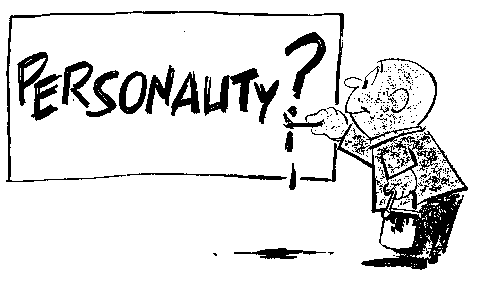Aaron Beck is an American psychiatrist and a professor emeritus in the department of psychiatry at the University of Pennsylvania. He is the recipient of the Lasker-DeBakey Clinical Medical Research Award for his creation of cognitive therapy. In addition, he is an Honorary President of the Academy of Cognitive Therapy and a fellow of the American Academy of Arts and Sciences. Beck spent much of his career at the University of Pennsylvania and along with his daughter Judith, advocated for the application of cognitive behavioral therapy for the treatment of depression and other mood problems. And he is considered by many to be the father of cognitive therapy.
Beck's cognitive triad
is a triad of types of negative thought present in depression proposed in 1976. The triad forms part of his Cognitive Theory Of Depression.
The triad involves negative thoughts about:
 A therapy was devised that could effectively treat a variety of disorders. Cognitive behavioral therapy is beneficial for treating several psychological, psychiatric and medical disorders. Patients with psychological disorders like uncontrollable anger and compulsive gambling can be treated with this therapy. Psychiatric problems like depression, substance abuse, personality disorders, etc., can also be dealt with it.
A therapy was devised that could effectively treat a variety of disorders. Cognitive behavioral therapy is beneficial for treating several psychological, psychiatric and medical disorders. Patients with psychological disorders like uncontrollable anger and compulsive gambling can be treated with this therapy. Psychiatric problems like depression, substance abuse, personality disorders, etc., can also be dealt with it.
The triad involves negative thoughts about:
- The self (i.e., self is worthless)
- The world/environment (i.e., world is unfair), and
- The future (i.e., future is hopeless).
 A therapy was devised that could effectively treat a variety of disorders. Cognitive behavioral therapy is beneficial for treating several psychological, psychiatric and medical disorders. Patients with psychological disorders like uncontrollable anger and compulsive gambling can be treated with this therapy. Psychiatric problems like depression, substance abuse, personality disorders, etc., can also be dealt with it.
A therapy was devised that could effectively treat a variety of disorders. Cognitive behavioral therapy is beneficial for treating several psychological, psychiatric and medical disorders. Patients with psychological disorders like uncontrollable anger and compulsive gambling can be treated with this therapy. Psychiatric problems like depression, substance abuse, personality disorders, etc., can also be dealt with it. 







